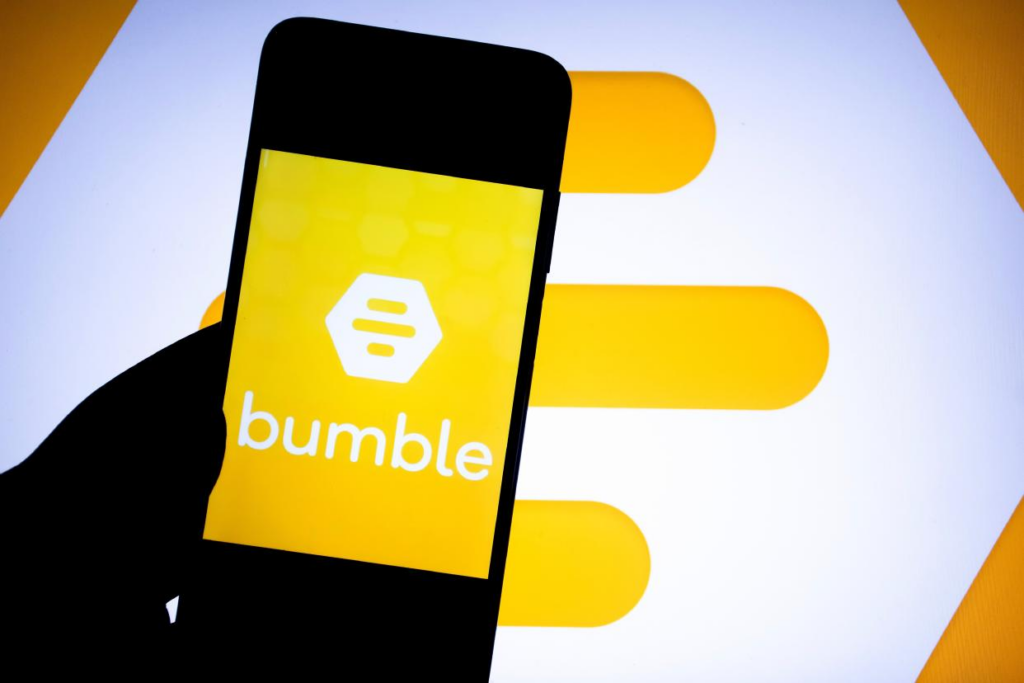Bumble forecasted its first-quarter revenue to be below analysts’ estimates on Tuesday. This indicated that the dating app operator’s growth strategies are taking longer than anticipated, causing its shares to drop 16% in extended trading.
Online dating apps face challenges such as declining user engagement and reduced customer spending due to the absence of new features and ongoing inflation pressures.
To address these issues, Bumble is heavily investing in marketing initiatives and features driven by generative AI to attract younger users.
CEO Lidiane Jones stated that the company plans to introduce ID-verification and an AI-photo kicker in its upcoming winter release. This initiative aims to enhance user safety.
Bumble also noted that it anticipates a temporary decline of 100,000 to 120,000 paying users in the near term as it navigates this early phase.
The company will discontinue its smaller dating platforms, Fruitz and Official, as part of its monetization strategy.
Jamie Lumley, a fundamental analyst at Carbon Arc, explained that Bumble is struggling to maintain its multi-app strategy, unlike Match, which is benefiting from its diverse portfolio.
Additionally, Bumble has yet to see the revenue potential of its friends and community feature materialize, though it holds promise to be a game-changer.
Bumble’s average revenue per paying user fell to $20.58, down from $22.64 a year ago.
The total number of paying users for the Bumble app decreased by 57,000, reaching 2.8 million compared to the previous quarter.
Earlier this month, Match Group, which operates apps like Tinder, Hinge, and OkCupid, also projected first-quarter revenue below expectations.
Bumble expects its first-quarter revenue to be between $242 million and $248 million, which is below the analysts’ average estimate of $256.9 million, according to data compiled by LSEG.
The company’s fourth-quarter revenue declined by 4.4% to $261.6 million.
Click here for more Technology news.


